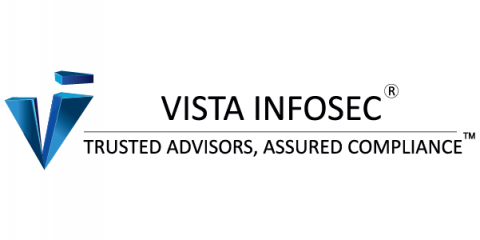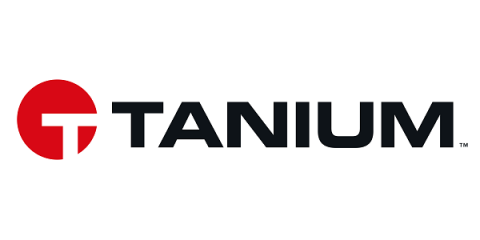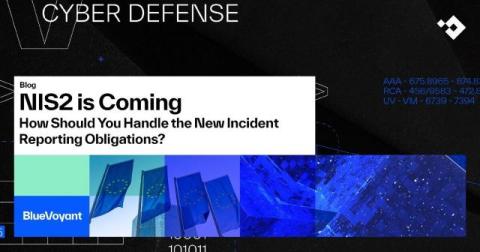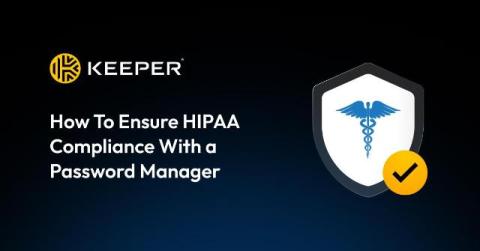Expanding the Vanta API to connect auditor tools
Vanta has helped auditors automate and simplify thousands of compliance audits, and we’re now making the process even easier. Today we’re excited to share that we’ve added new endpoints for auditor tools to the Vanta API, leading to a better collaboration experience for auditors and customers. With our new API endpoints, audit partners can integrate their tools with Vanta, allowing them to work in their preferred systems.











